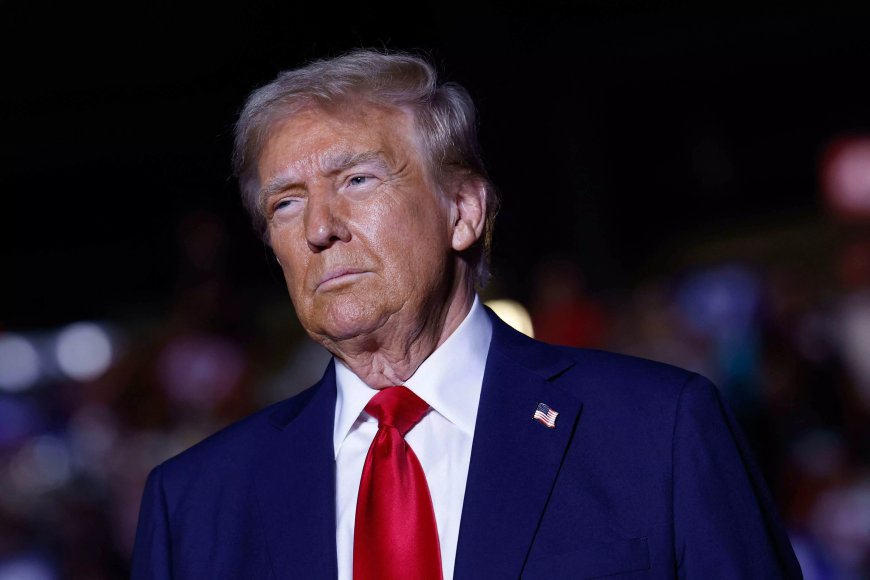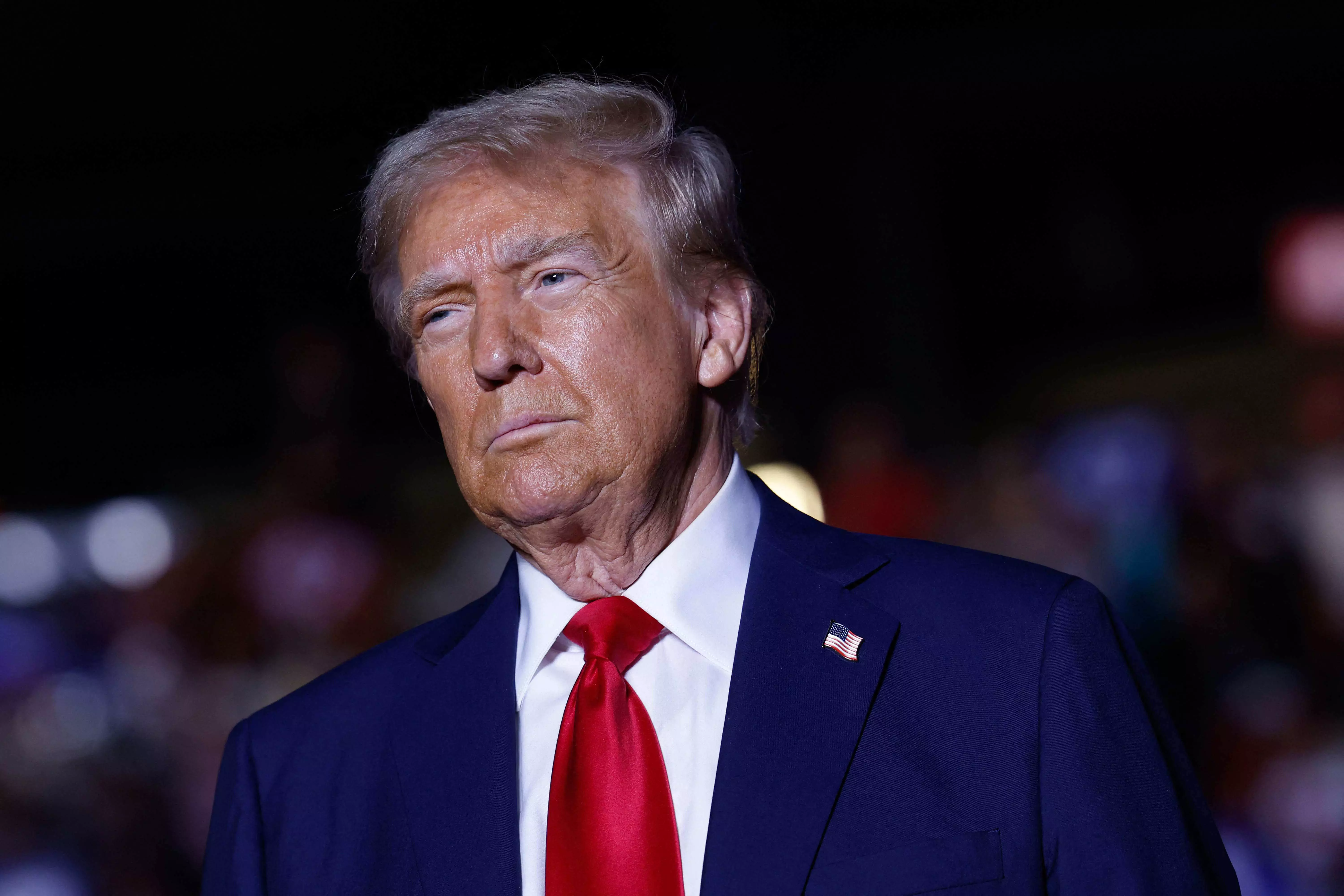K.C. Singh | World on edge: Trump, tech, tariffs & Xi loom
The year 2025 begins with Donald Trump taking the oath as America’s new President on January 20. The Economist magazine predicts an interplay of technology, Trump and uncertainty in the year ahead. Stanford-based Francis Fukuyama, the acclaimed American political scientist, told Nikkei Asia that US power may have declined, relative to its rivals, but it was still a powerful player in an increasingly multi-polar world. That is so because the US economy and its demographics have it score over China, Russia and even Europe, which face shrinking populations. If a quarter century ago the US and European economies were at par, today the US economy is one-third bigger. Similarly, the gap between the GDPs of China and the US has widened in recent decades. Fukuyama is confident that the slippage in America’s liberal democratic model, which Mr Trump’s win represents, is transitory. In this lies hope for democracy’s future elsewhere in the world, especially in the Global South. The world fears the likely disruption that Mr Trump’s threatened actions may bring. First is the threat of higher tariffs on all nations trading with the US, but especially on China. There is unanimity that this could disrupt global trade, which now totals $24 trillion in goods and $7.5 trillion in services. For India, the implications are even more serious as 20 per cent of its global exports head to the US. A more sanguine assessment is that Mr Trump’s bark being worse than his bite, his posturing is a negotiating tactic. Second comes his threat of mass deportation of illegal aliens, a crucial component in his electioneering to debunk Democrats. But the United States lacks the infrastructure to conduct mass evictions of aliens. The move would also impact the US economy negatively, with low-paid workers eliminated. Despite the impending Republican control of both Houses of Congress and the presidency, contradictions amongst Mr Trump’s supporters are surfacing. Billionaire Elon Musk took on MAGA (Make America Great Again) supporters by vociferously criticising their negative stand on H-1B visas for talented guest workers. Mr Trump was forced to intervene with a middle position. Similarly, conflict exists between some members of Congress supporting tax breaks for the rich while others want budgetary discipline. However, the bigger concerns relate to Mr Trump’s handling of external issues, such as the wars in Ukraine and Gaza as well as the containment of China, including the defence of Taiwan. Mr Trump’s invitation to Chinese President Xi Jinping for his inauguration, adding that they together could solve most global issues, raised some concerns in New Delhi. India has always feared a Sino-US convergence, leaving it in a subservient position, as indeed marginalisation of groups like the Quad. The concerns in Ukraine and West Asia are serious. Any kind of withdrawal, or even scaling back, of US military and economic assistance to Ukraine would embolden Russia, which reportedly is economically and militarily overstretched. A Trump-pushed status quo-based solution to the Ukraine crisis could cause dissonance within Nato. Meanwhile, Europe’s big powers are facing domestic political churn. Germany will hold an election on February 23. Elon Musk, seen as Mr Trump’s alter ego, generated a controversy saying in an interview the far-right Alternative for Germany (AfD) was “the last spark of hope”. He also separately called for the British Labour Party, just elected with a huge mandate, to face another election. French President Emmanuel Macron has been struggling to appoint Prime Ministers as his party lost the majority in the last parliamentary elections. The continued US commitment to Nato and the defence of Europe is critical for Europe when the Ukraine war is stalemated. The best-case scenario is if Mr Trump can convince Russian President Vladimir Putin to settle for a face-saving retention of the occupied parts of Ukraine. Ukraine can be compensated by rebuilding finance and security guarantees against any future Russian mischief. West Asia presents the possibility of a constructive outcome, but only if Israeli Prime Minister Benjamin Netanyahu can be cajoled into accepting a ceasefire and a pathway to a political settlement. So far, his right-wing allies have been seeking to annex the West Bank and even the Gaza Strip. Even close US allies amongst the Gulf rulers cannot accept anything less, mindful of their domestic opinion. The wild card is Iran, seen on the backfoot due to its ally Hezbollah’s weakening in Lebanon and the ouster of the Bashar al-Assad regime in Syria. Iran has the resilience to regroup and await openings in Syria if the Turkey-supported Hayat Tahrir al-Sham (HTS) is unable to carry all minorities along in fresh nation-building. Iran has enough enriched uranium, if it feels cornered and public opinion swings against new regional power-brokers, to conduct a nuclear


The year 2025 begins with Donald Trump taking the oath as America’s new President on January 20. The Economist magazine predicts an interplay of technology, Trump and uncertainty in the year ahead.
Stanford-based Francis Fukuyama, the acclaimed American political scientist, told Nikkei Asia that US power may have declined, relative to its rivals, but it was still a powerful player in an increasingly multi-polar world. That is so because the US economy and its demographics have it score over China, Russia and even Europe, which face shrinking populations. If a quarter century ago the US and European economies were at par, today the US economy is one-third bigger. Similarly, the gap between the GDPs of China and the US has widened in recent decades.
Fukuyama is confident that the slippage in America’s liberal democratic model, which Mr Trump’s win represents, is transitory. In this lies hope for democracy’s future elsewhere in the world, especially in the Global South.
The world fears the likely disruption that Mr Trump’s threatened actions may bring. First is the threat of higher tariffs on all nations trading with the US, but especially on China. There is unanimity that this could disrupt global trade, which now totals $24 trillion in goods and $7.5 trillion in services. For India, the implications are even more serious as 20 per cent of its global exports head to the US. A more sanguine assessment is that Mr Trump’s bark being worse than his bite, his posturing is a negotiating tactic.
Second comes his threat of mass deportation of illegal aliens, a crucial component in his electioneering to debunk Democrats. But the United States lacks the infrastructure to conduct mass evictions of aliens. The move would also impact the US economy negatively, with low-paid workers eliminated.
Despite the impending Republican control of both Houses of Congress and the presidency, contradictions amongst Mr Trump’s supporters are surfacing. Billionaire Elon Musk took on MAGA (Make America Great Again) supporters by vociferously criticising their negative stand on H-1B visas for talented guest workers. Mr Trump was forced to intervene with a middle position. Similarly, conflict exists between some members of Congress supporting tax breaks for the rich while others want budgetary discipline.
However, the bigger concerns relate to Mr Trump’s handling of external issues, such as the wars in Ukraine and Gaza as well as the containment of China, including the defence of Taiwan. Mr Trump’s invitation to Chinese President Xi Jinping for his inauguration, adding that they together could solve most global issues, raised some concerns in New Delhi. India has always feared a Sino-US convergence, leaving it in a subservient position, as indeed marginalisation of groups like the Quad.
The concerns in Ukraine and West Asia are serious. Any kind of withdrawal, or even scaling back, of US military and economic assistance to Ukraine would embolden Russia, which reportedly is economically and militarily overstretched. A Trump-pushed status quo-based solution to the Ukraine crisis could cause dissonance within Nato.
Meanwhile, Europe’s big powers are facing domestic political churn. Germany will hold an election on February 23. Elon Musk, seen as Mr Trump’s alter ego, generated a controversy saying in an interview the far-right Alternative for Germany (AfD) was “the last spark of hope”. He also separately called for the British Labour Party, just elected with a huge mandate, to face another election.
French President Emmanuel Macron has been struggling to appoint Prime Ministers as his party lost the majority in the last parliamentary elections. The continued US commitment to Nato and the defence of Europe is critical for Europe when the Ukraine war is stalemated. The best-case scenario is if Mr Trump can convince Russian President Vladimir Putin to settle for a face-saving retention of the occupied parts of Ukraine. Ukraine can be compensated by rebuilding finance and security guarantees against any future Russian mischief.
West Asia presents the possibility of a constructive outcome, but only if Israeli Prime Minister Benjamin Netanyahu can be cajoled into accepting a ceasefire and a pathway to a political settlement. So far, his right-wing allies have been seeking to annex the West Bank and even the Gaza Strip. Even close US allies amongst the Gulf rulers cannot accept anything less, mindful of their domestic opinion.
The wild card is Iran, seen on the backfoot due to its ally Hezbollah’s weakening in Lebanon and the ouster of the Bashar al-Assad regime in Syria. Iran has the resilience to regroup and await openings in Syria if the Turkey-supported Hayat Tahrir al-Sham (HTS) is unable to carry all minorities along in fresh nation-building. Iran has enough enriched uranium, if it feels cornered and public opinion swings against new regional power-brokers, to conduct a nuclear weapons test. Realising that Israel and the US will react strongly to that, it would need more than a handful of nuclear weapons.
China has quietly supported both Iran and Russia, happy at them distracting the US and its allies. But Mr Trump threatens to upset this cosy arrangement by directly targeting Chinese exports and US investment in China. Considering the slowdown of the Chinese economy, with most analysts rejecting claims of five per cent GDP growth, fresh US tariffs can prove damaging. China’s National People’s Congress, the Chinese Parliament, will meet on March 5. By then Mr Trump would have played his hand, unlikely to delay it like in 2017. Did China ease border tensions with India, by mutually accepting a solution to the standoff in Ladakh, because it saw a more serious dispute looming with the US? However, it has undone potential detente by the formal annexation of Aksai Chin and the announcement, without Indian consent, of the world’s largest dam at Yarlung Tsangpo, on the Brahmaputra, close to where the river enters India.
India’s policymakers thus face Trump-caused likely instability and China-created rivalry in South Asia. Bangladesh will hover between the past pro-India Awami League government and a likely inimical order after elections. Pakistan is preoccupied with handling the Taliban government in Afghanistan, which it helped empower, over its refusal to defang Pakistan-opposed Tehreek E-Taliban Pakistan (TTP). But ignoring Pakistan is not a long-term solution for stability and peace. Newly-elected Sri Lankan President Anura Kumar’s Dissanayake has been to New Delhi and appears on track to balance relations between India and China. The Maldives government appears to have settled for peaceful engagement with India after initial sloganeering and fist-waving.
India will find the balancing of external and internal factors more challenging over at least the first year of the Trump presidency.






































